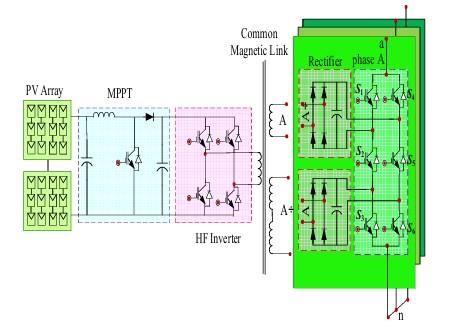Power Electronics
Power electronics is the branch of electrical engineering that deals with the control and conversion of electric power using electronic devices like diodes, transistors, and thyristors. It’s all about efficiently switching, shaping, and managing electricity to drive motors, power supplies, and energy systems — from tiny phone chargers to massive industrial machines.
Power electronics plays a critical role in modern technologies such as renewable energy systems, electric vehicles, smart grids, and advanced manufacturing. It bridges the gap between electrical energy generation and its practical, real-world applications. The field demands precision, innovation, and a deep understanding of both electronics and electromagnetism — staying true to engineering’s timeless roots while constantly pushing the boundaries of what’s possible.
1. Design of a 12V UPS for light load
2. Designing of a single phase multilevel inverter
3. Designing of a Cascaded H-Bridge 15-Level Inverter with the Comparison of Different Switching Techniques for Different Switches.


